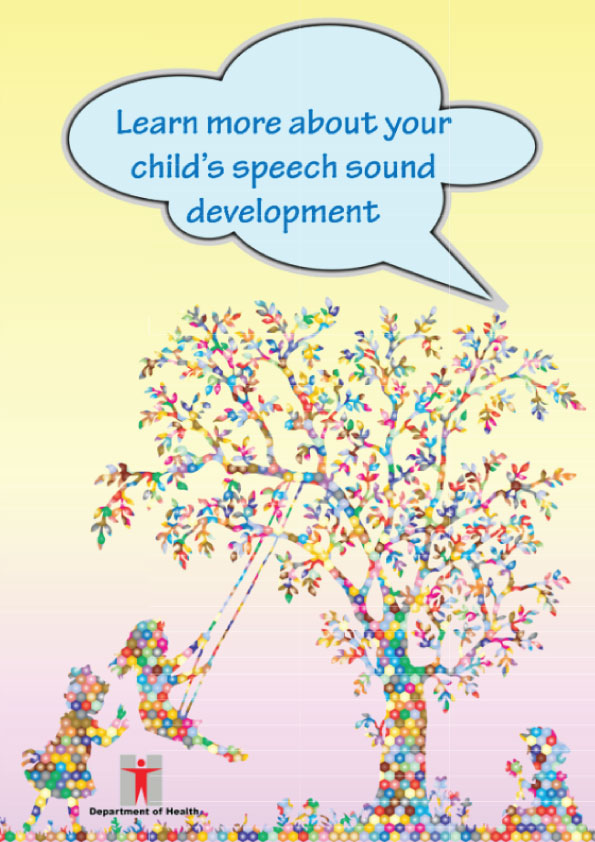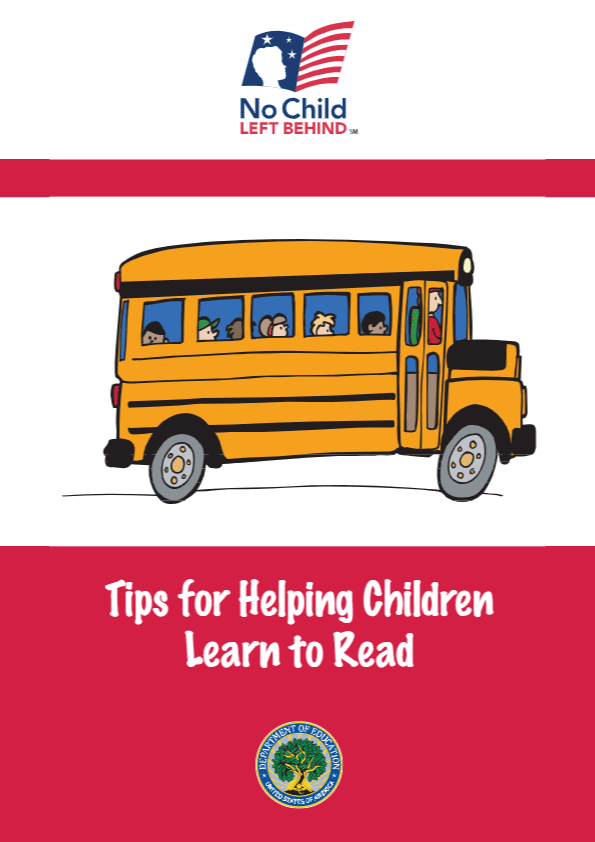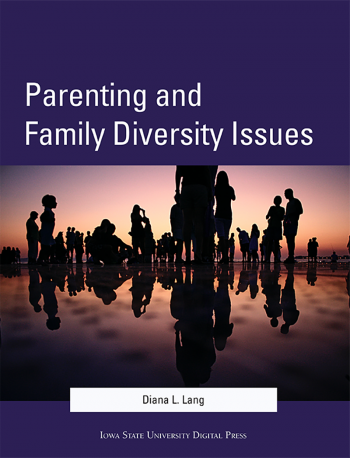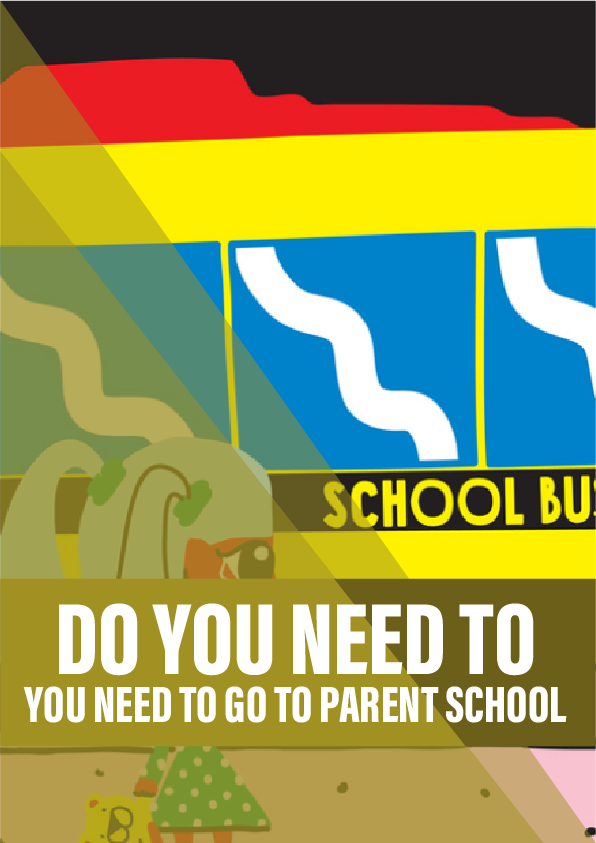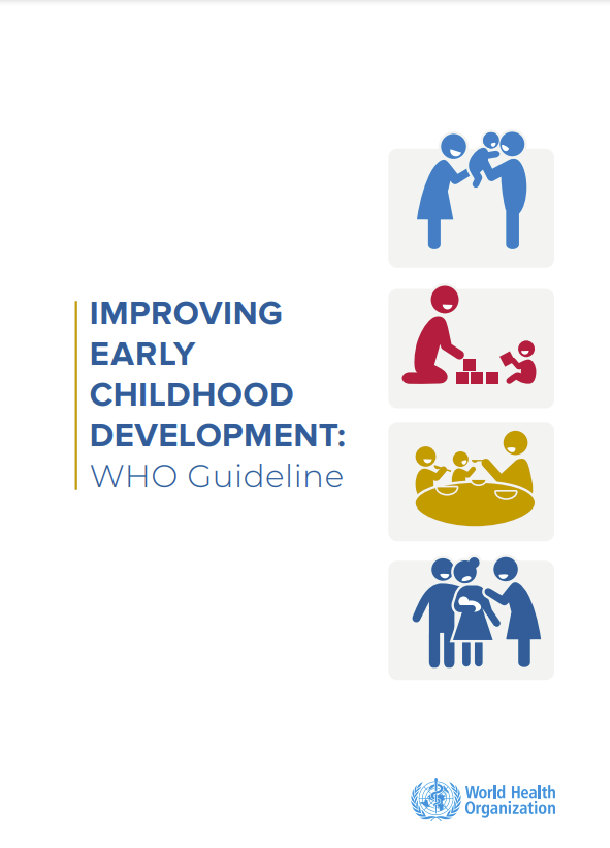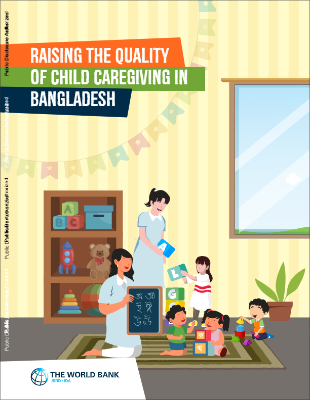Learn more about your child’s speech sound development
Speech sound development in children
Articulation problem is one of the developmental problems commonly found in children. Different speech sounds appear gradually at different ages. Therefore, children will acquire more speech sounds across time and their speech intelligibility will improve accordingly. The following table shows the age of acquisition of initial consonants in English*.
* Smit, A. B., Hand, L., Freilinger, J. J., Bernthal, J. E., & Bird, A. (1990). The Iowa Articulation Norms Project and Its Nebraska Replication. Journal of Speech and Hearing Disorders, 55, 779–798.
Jaw, lips and tongue are the speech organs to produce sound
| Age of child (acquisition with 75% criterion) |
Initial consonants |
|---|---|
| < 3 years | m (man) n (no) h (hand) w (wind) p (pen) b (boy) t (ten) d (dog) k (king) g (go) |
| 3 years 6 months | f (fan) j (yell) |
| 4 years | v (vase) ʃ (she) ʤ (jump) |
| 4 years 6 months | l (line) ʧ (chair) ð (them) |
| 5 years | s (see) |
| 5 years 6 months | – |
| 6 years | r (rain) z (zip) θ (think) |
(The developmental pattern of different children may vary. The words in brackets are example of the initial consonants.)
Common speech sound errors
- /p/ pen Wrongly pronounced as [b] ben
- /g/ got Wrongly pronounced as [d] dot
- /ʤ/ jump Wrongly pronounced as [d] dump
- /s/ saw Wrongly pronounced as [ʤ] jaw
Causes for speech sound disorder
Speech sound disorder occurs when children are unable to acquire the target speech sounds by the expected age. The followings are some of the causes:
- Functional speech sound disorder: Unclear articulation in children without obvious oral motor problem which is the most common cause
- Oral motor problem: Oral motor muscle/ coordination weakness, cleft lip/ palate, tongue tie
- Sensory factors: Congenital/ acquired hearing loss (e.g. hearing impairment from recurrent otitis media), hyper/ hypo sensitivity of oral muscles
- Neurological factors: Motor speech disorders (e.g. apraxia), cerebral palsy
* Cheung, P. S. P., Ng, A., & To, C. K. S. (2006). Hong Kong Cantonese Articulation Test. Hong Kong: Language Information Sciences Research Centre, City University of Hong Kong .
Tips for Parents
A facilitative speech learning environment can help children’s speech sound development. Parents may refer to the following tips to create a favorable environment in their everyday life.
- Tips for Parents
- Cultivate a positive attitude: Understand and accept your children’s speech sound errors during their learning process. Show your encouragement and never tease your children by imitating their wrong sounds.
- Be a good listener: Do not interrupt or insist to correct your children’s speech sound errors but rather encourage them to continue talking. Let them speak and repeat slowly when you don’t understand.
- Be a good speaker: Talk to your children face to face and at an appropriate speech rate. You may demonstrate the correct sound in your response. (e.g. Child says: A [tar] is moving. Parent responds: A car is moving.)
- How you feedEating is not only a way to obtain nutrition, but also an important way to develop the child’s orometer ability:
- Wean off bottle at 1 year old: prolong bottle feeding may affect tooth alignment and speech sound production
- Offer foods of various textures to encourage more chewing
- 18 months:soft rice, small pieces of vegetables and meat
- 24 months:rice (with texture similar to that of adult rice), small cubes of meat and vegetable strips
- How you play oromotor games?Playing oromotor games may strengthen the use of mouth and lips.
- Blow paper strips, paper balls or horns
- Imitate various mouth shapes
FAQs from parents
Q: My child’s speech is unclear. Does my child have tongue tie?
A: Tongue tie does not equal to speech sound disorders. Tongue tie refers to abnormally short, thick or tight lingual frenulum (a membrane connecting the tongue and the floor of the mouth). It may restrict the movement of the tongue and tip of the tongue may appear like a heart-shaped upon protrusion. Depending on the level of restriction, some speech sounds associated with tongue tip movement, for example, d (dog), t (ten) and l (line) will be more prone to be affected.
Q: Does my child’s speech sound problem related to my accent?
A: Accent due to foreign language or dialect is not a cause of speech sound disorders. However, your child may follow your accent when speaking. Generally speaking, children’s accent will gradually fade out as they grow .
Q: My one and a half-year-old child can speak single words now, but the speech sound is not clear. Does he/ she need speech sound training?
A: At the age of one to two, the number and variety of words used is more important than the speech clarity. The speech clarity will usually improve when the child grows.
If parents suspect your child has speech sound disorder, you should consult healthcare professionals. The child may be referred for a complete speech sound assessment when needed.
